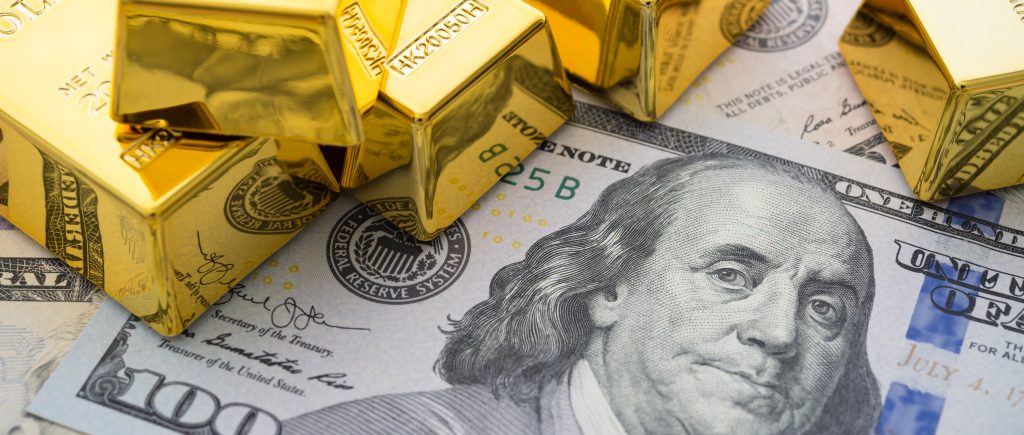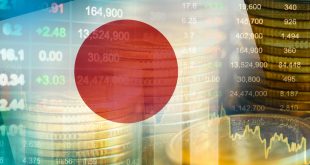The price of gold is facing difficulties in stretching its recovery move further ahead of US NFP data. The Fed might continue its interest rates on an elevated level for a longer period in light of the latest positive US ADP Employment Change data in addition to further dollar’s surge with the current expectations of solid US NFP data on Friday.
At the time of writing, gold is trading at $183182 per ounce. Gold has already attempted a recovery move after dropping to near $1,825.00 in the late US trading session. The precious metal is struggling to extend its rebound further as solid United States Automatic Data Processing (ADP) Employment Change data has triggered the risk of continuation of higher interest rate stability by the Federal Reserve (Fed) for a secular period.
S&P500 witnessed a massive selloff side by side with risk-aversion, as higher additions of fresh payrolls in the United States labour market will compel the Fed to keep its hawkish stance on interest rates for a longer period.
This has also triggered a risk of recession in the US economy. The Employment Change (December) soared to 235K vs. the expectations of 150K and the former release of 127K. Also, the weekly Initial Jobless Claims has dropped to 204K vs. the consensus of 225K.
The US Dollar Index (DXY) recorded a steamroller rally after sustaining above the critical resistance of 104.00 and climbed to near 105.00. at the same time, the 10-year US Treasury yields sensed demand and gained to near 3.72%.
On Friday, investors will keep an eye on US Nonfarm Payrolls (NFP) data. After observing upbeat cues from ADP Employment Change, it is highly likely that the US NFP will release better-than-projected data. The Unemployment Rate is seen stable at 3.7%.
 Noor Trends News, Technical Analysis, Educational Tools and Recommendations
Noor Trends News, Technical Analysis, Educational Tools and Recommendations





